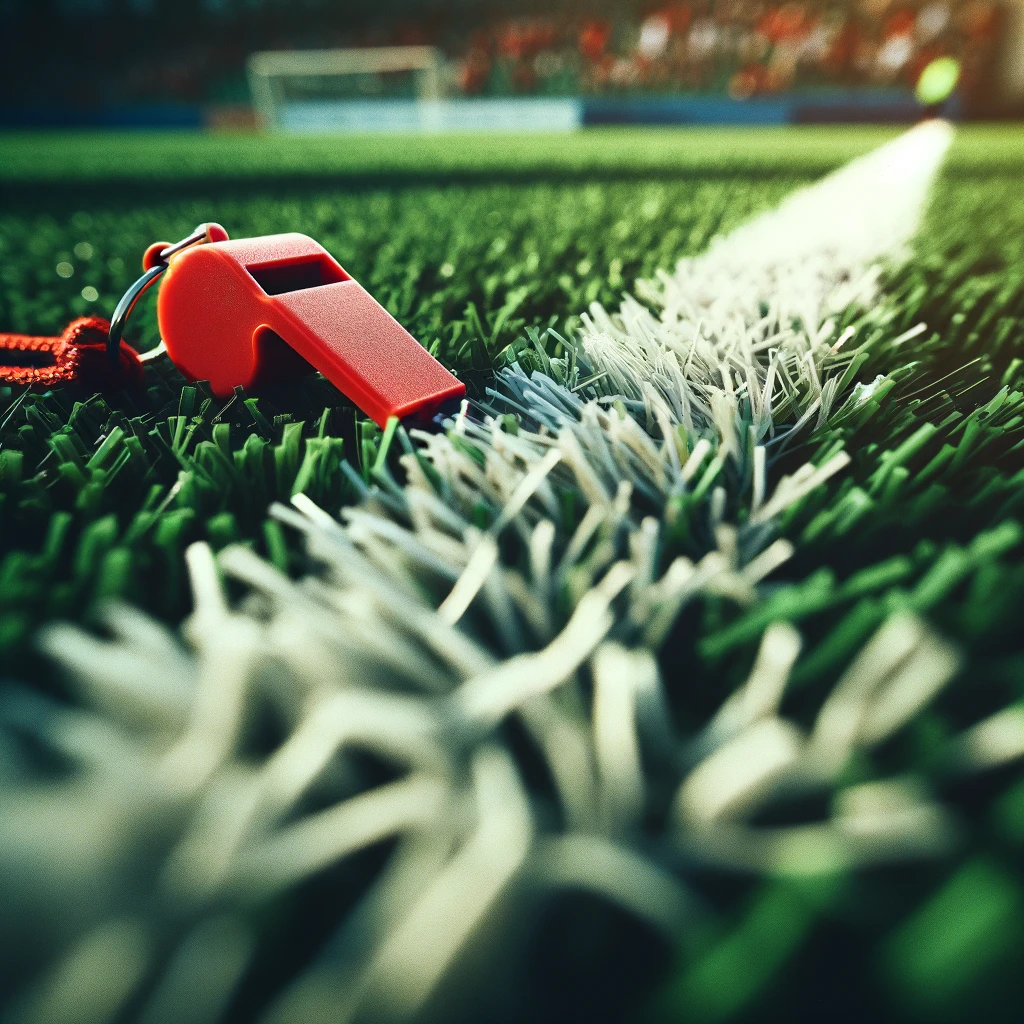The Second Chapter of the UX Design Playbook
UX Design is a world full of strategies shaping high-quality and impactful user experiences. It’s a playbook, and this blog post is its second chapter. One blog post at a time, a new game tactic is revealed, constructing a UX knowledge field where we control every position and condition with strategic moves from the playbook.
However, creating tactics and playbooks without understanding goals, rules, and tools is pointless. So, let’s go back to the basics: What is the purpose of all this? What are we aiming for in the UX design game, and how do we distinguish the winners from the rest? These are the core rules of UX design!
The Purpose of the Game
The objective is to create products, services, and systems that deliver meaningful and valuable experiences to users. The players’ goal is to deeply understand user behavior, needs, and pain points and develop solutions that address them in the best possible way. This means that the design process focuses on making users’ lives easier, improving productivity, and enhancing overall satisfaction.
The number of players on a team can vary freely—from individual designers to entire corporations.
Goals
In UX design, players—designers—strive for the following goals::
- Improving usability: Making products and services easier to understand and use.
- Enhancing accessibility: Ensuring that a diverse range of users, including the elderly and people with disabilities, can use products and services effectively.
- Promoting user-centered design: Considering users’ needs, desires, and limitations at every stage of the design process.
- Creating emotional connections: Designing products and services that evoke positive emotions and build user loyalty.
The Winner of the Game
In the UX design game, there is no single individual or team that “wins.” Victory is determined solely by how well a product or service meets and exceeds user expectations. The key performance indicators for success include:
- Positive user feedback: Direct feedback from users, such as reviews, recommendations, and user research
- Usability test results: How easily users can complete tasks using the product or service without difficulties
- User engagement and retention: How long and how intensively users interact with the product or service.
- Business outcomes: Increased sales, expanded market share, and customer retention resulting from improved user experience.
Equipment
The UX design “game” utilizes a variety of tools, ranging from graphic design software to prototyping and user testing. The most successful UX designers are not tied to a single tool but can effectively adopt new technologies and applications to enhance their work.
However, the use of these tools comes with specific rules and restrictions, particularly regarding ethical practices and user data protection. Any software that helps achieve the aforementioned goals is allowed, but some restrictions and “illegal equipment” exist.
Restrictions and Rules
- User data protection: All tools used for user research and analytics must comply with data protection laws, such as the General Data Protection Regulation (GDPR) in Europe. This means obtaining informed user consent and ensuring transparency in data collection and processing.
- Ethical limitations: UX designers must avoid deceptive practices like dark patterns—design tricks that manipulate users into making decisions against their best interests, such as accidentally subscribing to unwanted services.
Illegal Equipment
In UX design, “illegal equipment” refers to tools and methods that violate user privacy or lead to ethically questionable practices. Examples include:
- Tracking users without consent: Monitoring user behavior without explicit permission.
- Manipulative UX elements: Such as hidden cancellation options or misleading notifications that pressure users into unwanted actions.
The Takeaway
The UX design rulebook doesn’t need to be any longer than this, although delving into details could expand it significantly. One thing is certain: fair play is at the heart of UX design because the goal is to enhance user satisfaction and happiness while supporting business growth. Companies that succeed in UX design outperform their competitors across all business areas, making this a game worth mastering.
At Teamit, we have the expertise and vision to help you win. Our design team and consultants are your best allies in developing functional and user-friendly solutions. Whether your UX design skills are at the beginner level or world-champion tier, we can help you achieve more! 🚀
Read also the other chapters of the UX Design Playbook
UX Design Playbook Chapter 1: Stakeholder Engagement


